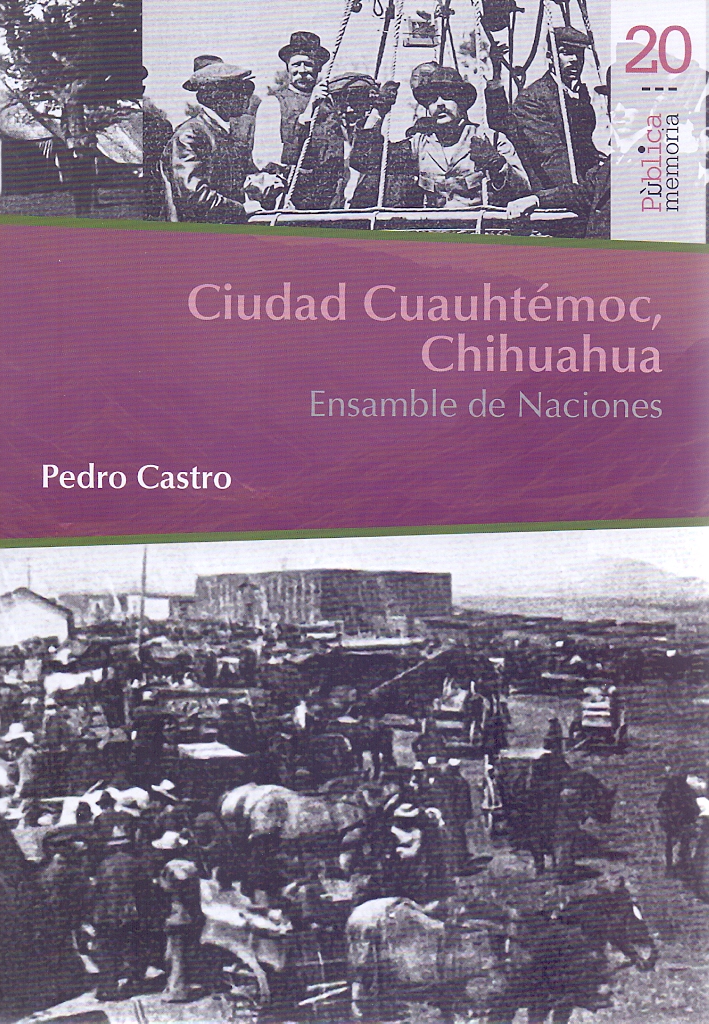Libros relacionados
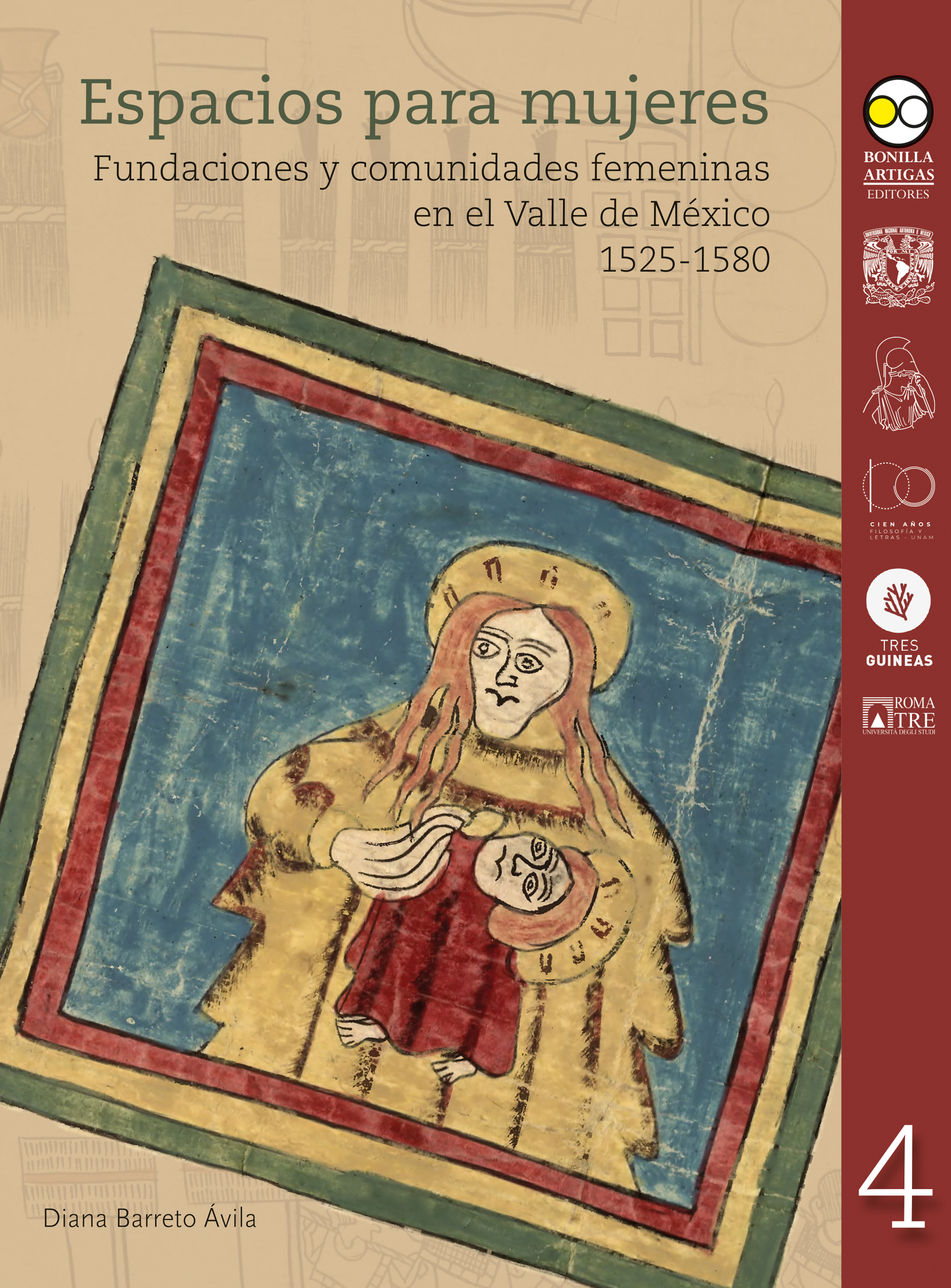 |
Espacios Para Mujeres: Fundaciones y Comunidades Femeninas en el Valle de Méxic Barreto Ávila, Diana Bonilla Artigas Editores |
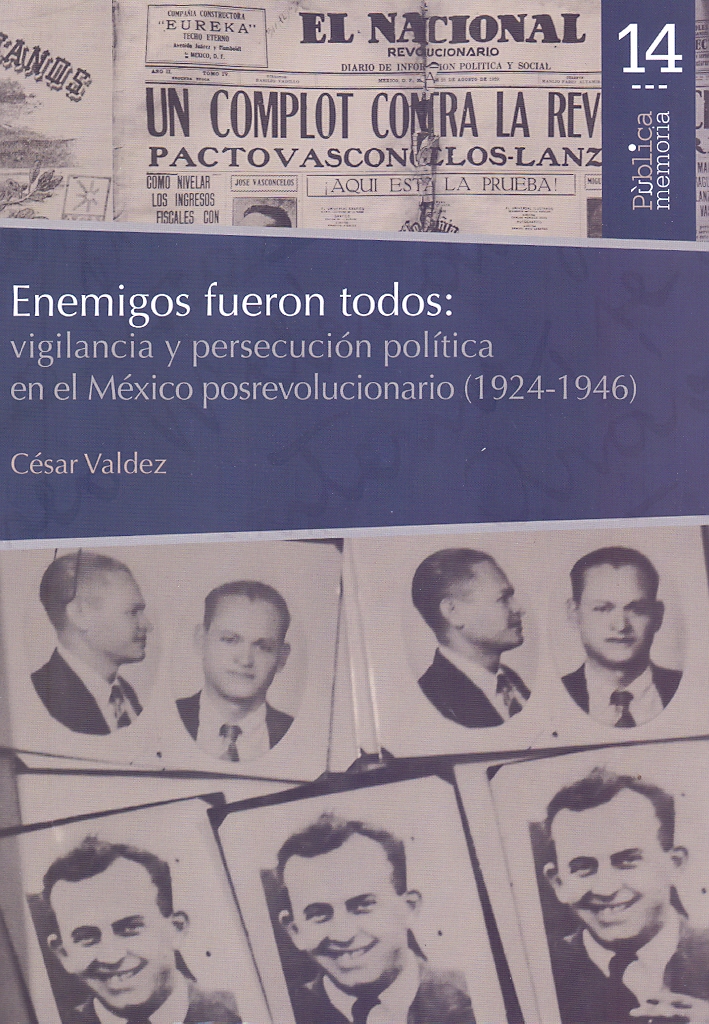 |
Enemigos Fueron Todos: Vigilancia y Persecución Política en el México Posrevoluc Valdez César Bonilla Artigas Editores |
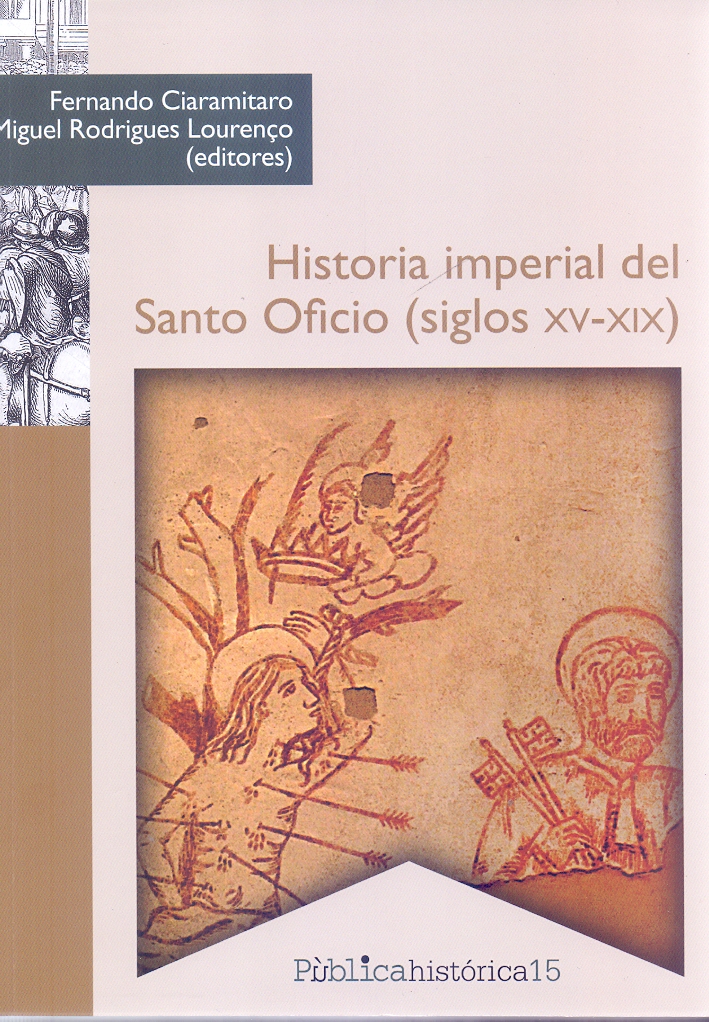 |
Historia Imperial del Santo Oficio (Siglos XV-Xix) Fernando Ciaramitaro, Miguel Rodrigues Lourenço Bonilla Artigas Editores |
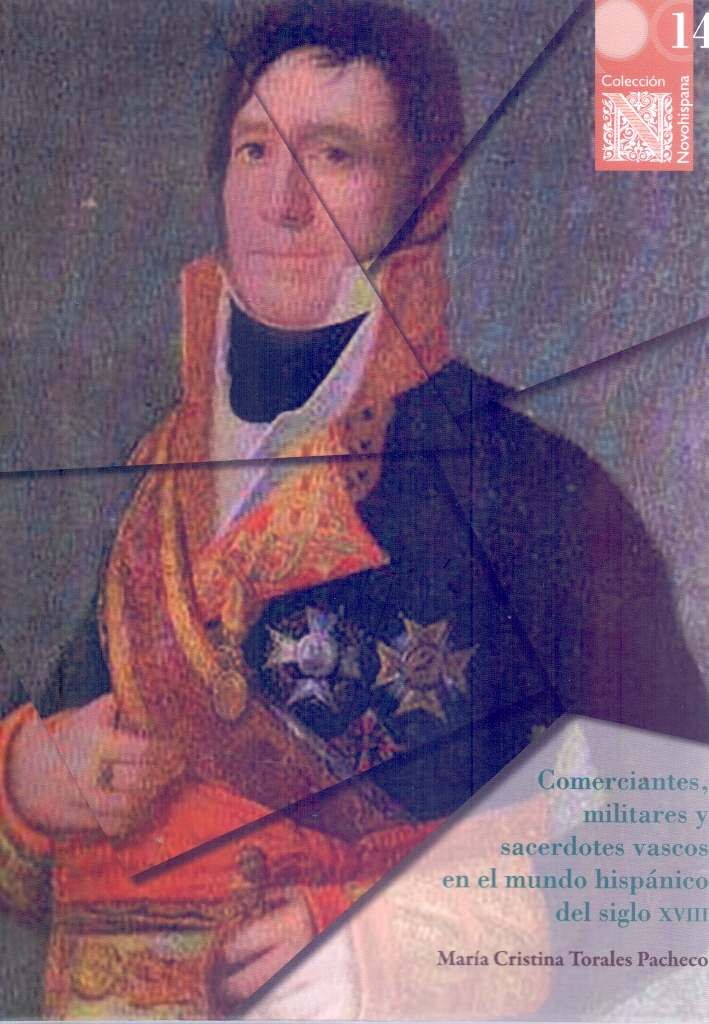 |
Comerciantes, Militares y Sacerdotes Vascos en el Mundo Hispánico del Siglo XVII Torales Pacheco, María Cristina Bonilla Artigas Editores |
 |
El Crisol y la Flama: Grupos Sociales y Cofradías en Pátzcuaro (Siglos XVI y XVI Flores García, Laura Gemma Bonilla Artigas Editores |
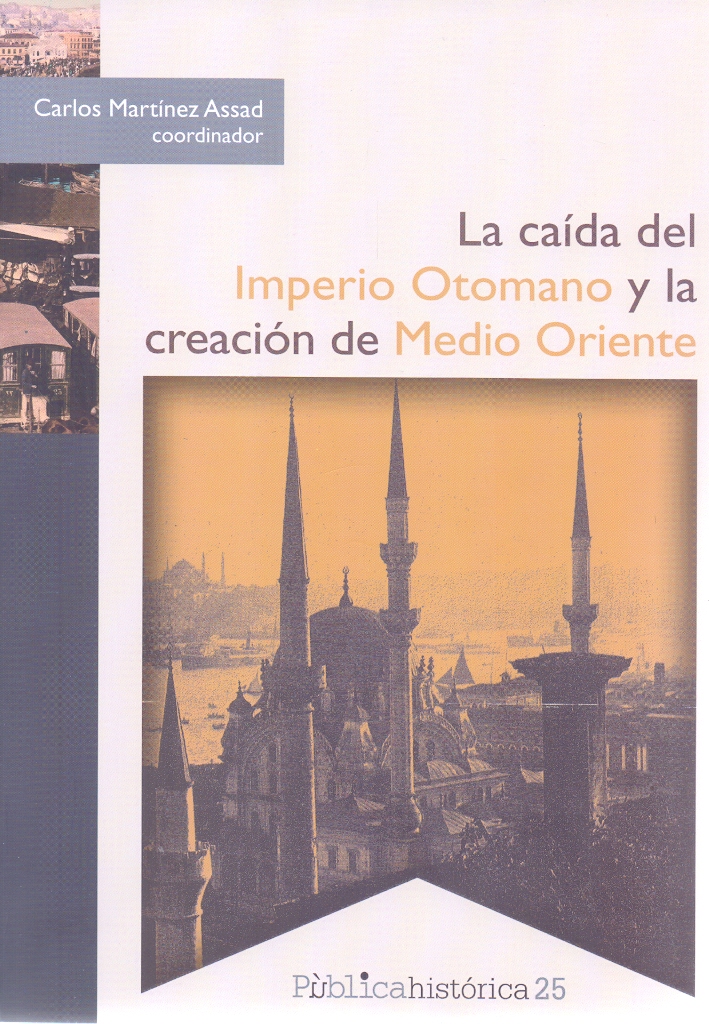 |
La Caída del Imperio Otomano y la Creación de Medio Oriente Carlos Martínez Assad Bonilla Artigas Editores |
 |
Exilio Español y Su Vida Cotidiana en México, El. Serrano Migallón, Fernando; Woldenberg José Bonilla Artigas Editores |


|
Título: Dreamland The Way Out Of Juarez | |
| Autor: Bowden Charles | Precio: $187.00 | |
| Editorial: University Of Texas Press | Año: 2010 | |
| Tema: Historia, Sueños, Vida | Edición: 1ª | |
| Sinopsis | ISBN: 9780292722071 | |
| "In a nice Mexican bar, the air now cool, the glare gone briefly, a glass in hand, calm, yes calm, music from speakers . . . a soothing music, and the eyes of everyone in the place seem peaceful, the bartender a smile . . . it is safe but then, the thought comes that only at such moments can you be taken, that it is not the midnight street, the dark alley, the clot of cholos leaning against a wall on the corner, the police with their cash register eyes, the new pickups, huge and with darkened glass, no, it is not these signals of menace that one must be on guard for, it is this moment in the bar, this calm, the music, the bead of moisture slowly trickling down the glass, that is when they will come, you will disappear, yes, you will leave with them, be forced into a car and leave behind you only very vague memories which before the next drink is swallowed will have vanished, it is always when you relax and feel safe in this place that you are no longer safe, that the pain and terror come and to be honest, the thing you have been dodging but waiting for, the credit flashing on the screen that says The End. That is what everyone on every street here knows and waits for and never mentions . . ."--Charles Bowden, from Dreamland
What do you call a place where people are tortured and murdered and buried in the backyard of a nice, middle-class condo? Where police work for the drug cartels? Where the meanings of words such as "border" and "crime" and "justice" are emptying out into the streets and flowing down into the sewers? You call it Juárez or, better yet, Dreamland. Realizing that merely reporting the facts cannot capture the massive disintegration of society that is happening along the border, Charles Bowden and Alice Leora Briggs use nonfiction and sgraffito drawings to depict the surreality that is Ciudad Juárez, Mexico. Starting from an incident in which a Mexican informant for the U.S. Department of Homeland Security murdered a man while U.S. agents listened in by cell phone--and did nothing to intervene--Bowden forcefully and poetically describes the breakdown of all order in Juárez as the power of the drug industry outstrips the power of the state. Alice Leora Briggs's drawings--reminiscent of Northern Renaissance engraving and profoundly disquieting--intensify the reality of this place where atrocities happen daily and no one, neither citizens nor governments, openly acknowledges them. With the feel of a graphic novel, the look of an illuminated medieval manuscript, and the harshness of a police blotter, Dreamland captures the routine brutality, resilient courage, and rapacious daily commerce along the U.S.-Mexico border. |
||
Librería Bonilla SA de CV © Todos los derechos reservados. 2019
Última actualización: Jul 2019





